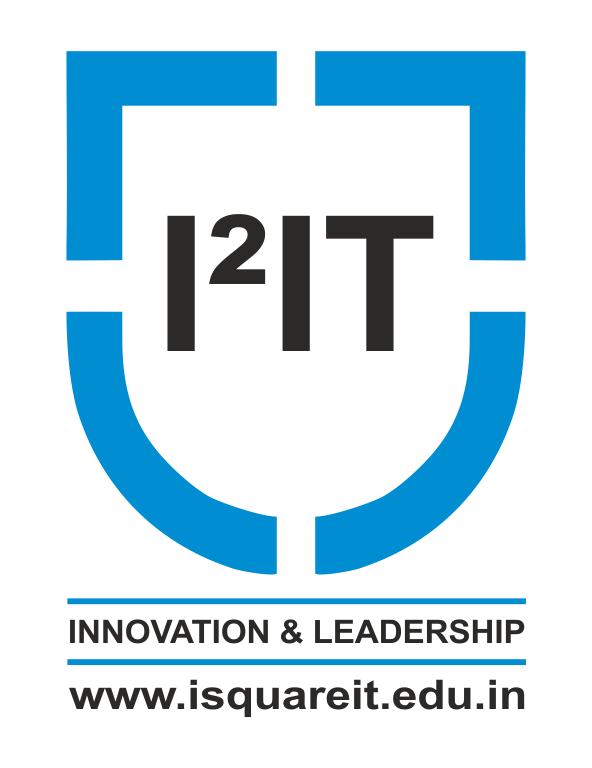Very often, as academicians, we come across these questions:
“Are your students, industry ready ?”
“How well are they trained to take up careers in industry ?”
“What additional skill sets did they acquire during their undergraduate years ?”
“Can they work on live projects ?”
“What makes them different from graduates from other institutions?”
“What is the Unique Selling Point (USP) of your institute ?”
While the answers to these questions can’t be generalized, it is imperative to understand the need of the hour and the perspectives of both the Industry and Academia.
One thing is irrefutable, competition is tough and the industry seeks out ONLY the best talent. And what can we as academicians do to nurture the talents of our students to make them worthy of the industry? How can we bridge the knowledge gap between academia and industry? On one hand, academicians could purport that their role is to teach and train students by providing them with basics and foundational knowledge of their domain, while also incorporating niche technologies into the curricula and designing a syllabus that is in tandem with industry development. Simultaneously, the industry raises red flags that question the quality of teaching and learning, qualifications of tutors, their exposure and domain knowledge, industry experience and the buck keeps passing around. In the meanwhile, it is the students who have to face the effects of this disparity.
From an academic point of view, the success of an institute is based on numerous factors such as placements, average package, inclination towards higher education, highly qualified teaching faculty, pass percentage, quality infrastructure, and so on. On the other hand, large companies do have their own Learning and Development (L&D) centers to train and equip freshers as per the project requirements. In fact, a highly organized and well-structured hierarchical approach is taken. For instance, a global lead/head sitting in the US of a particular IT specialization may be performing business development, bringing business to his/ her firm, generating revenues, and producing profits. In turn, at a regional level (say in Asia pacific) another executive/lead will prioritize the strategy, training, and staff development based on the acquisitions made by the global head. The delivery head (at the country level) will ensure that all operations such as manpower recruitment, training and development, enlistment of credible trainers, associates, and consultants who are subject matter experts to be part of the L&D so that they can drive freshers and equip them with required skills to handle the projects. Effectually, a project is declared successful, if it’s completed in time, with allocated resources, within proposed budgets, and delivering good profit margins.
Presently these are two distinct entities. Now, imagine a scenario wherein L&D centres are branched out to and managed by academic institutes. As Principal Investigators (PI), faculty members bring in projects from clients, hire and train other team members to be equipped with required skills and provide internships to students while adhering to execution practices, processes, technology stack, and functionalities and methods that are at part with industry standards. In the end, projects are delivered successfully to the clients with a nominal profit margin.
This could be a win-win situation wherein companies don’t have to invest in and maintain L&Ds and academicians and students alike get the opportunity to hone skills that can add value to their careers.
By
Dr. Rajesh Chowdhary
The author is an Associate Professor at the International Institute of Information Technology and the head of the Pralhad P Chhabria Center at Hinjawadi Pune. (www.isquareit.edu.in) (www.ppcrc.isquareit.edu.in)


